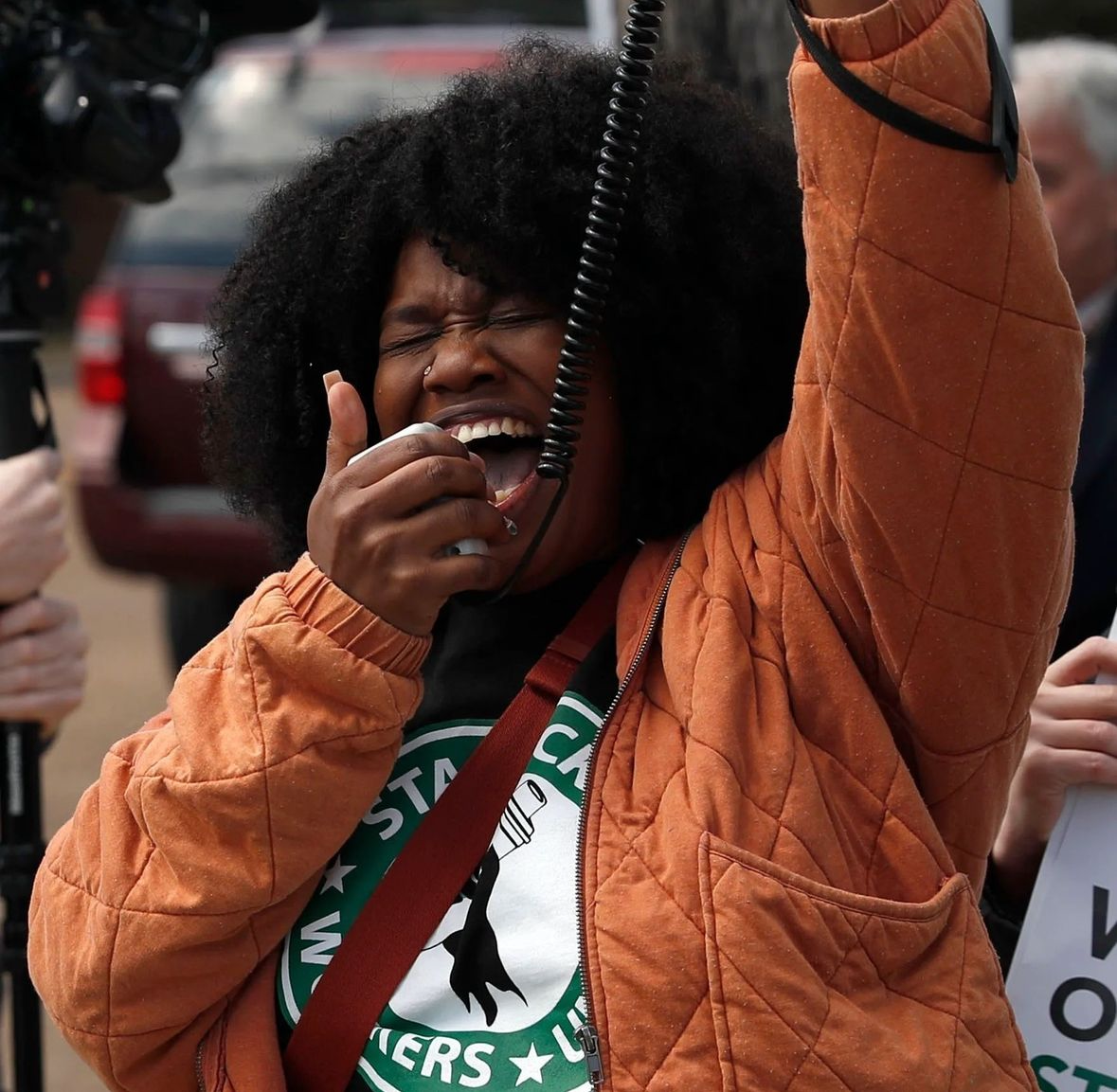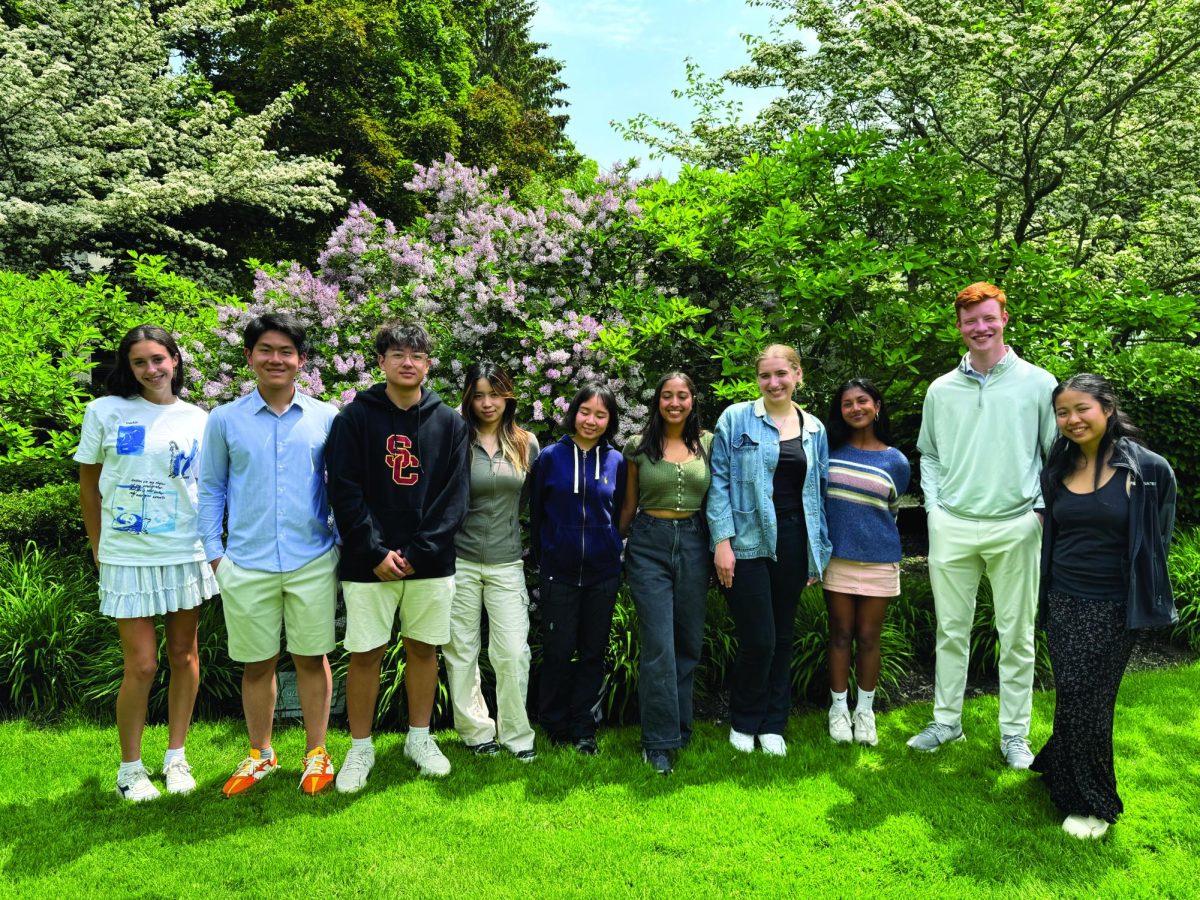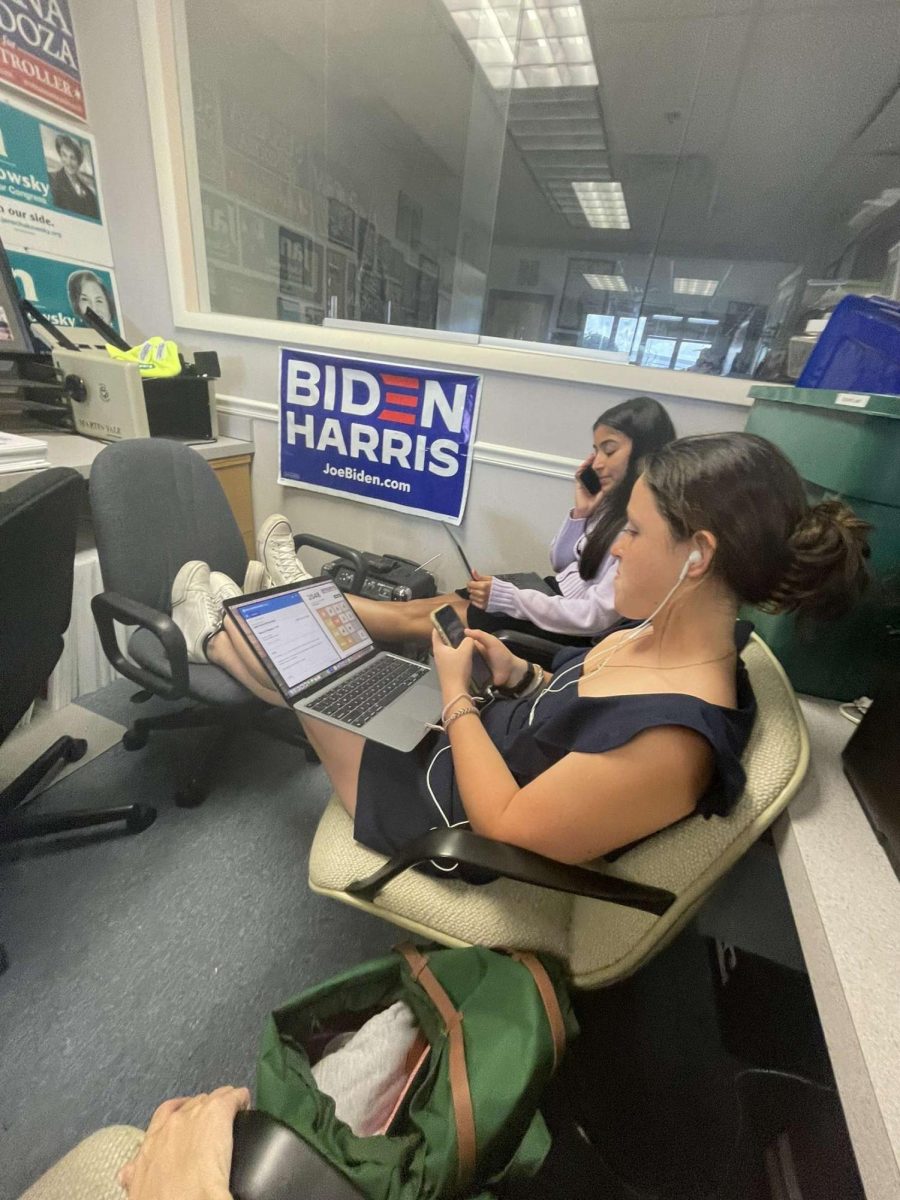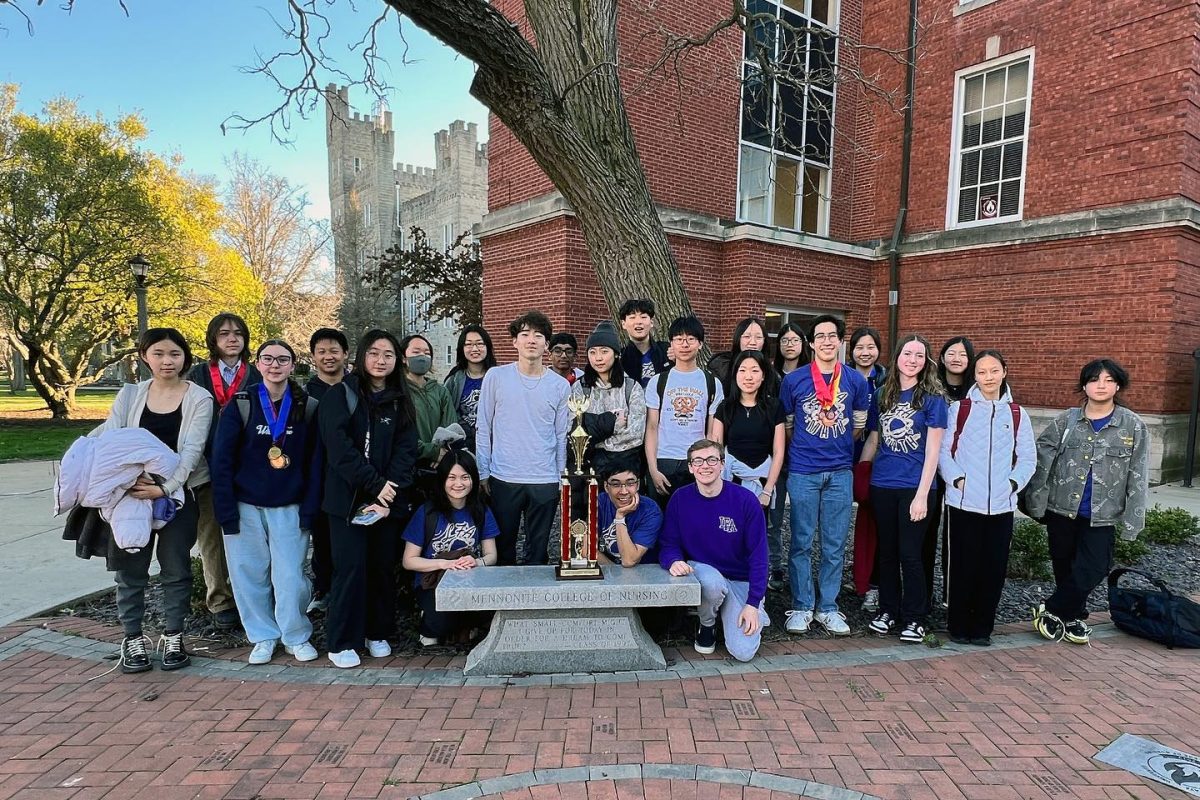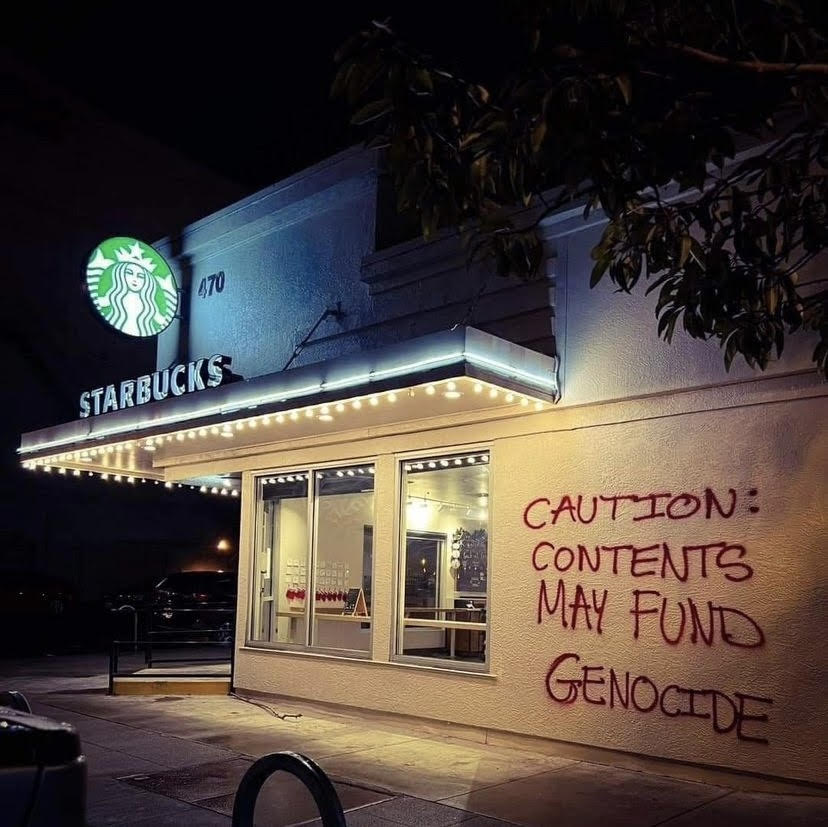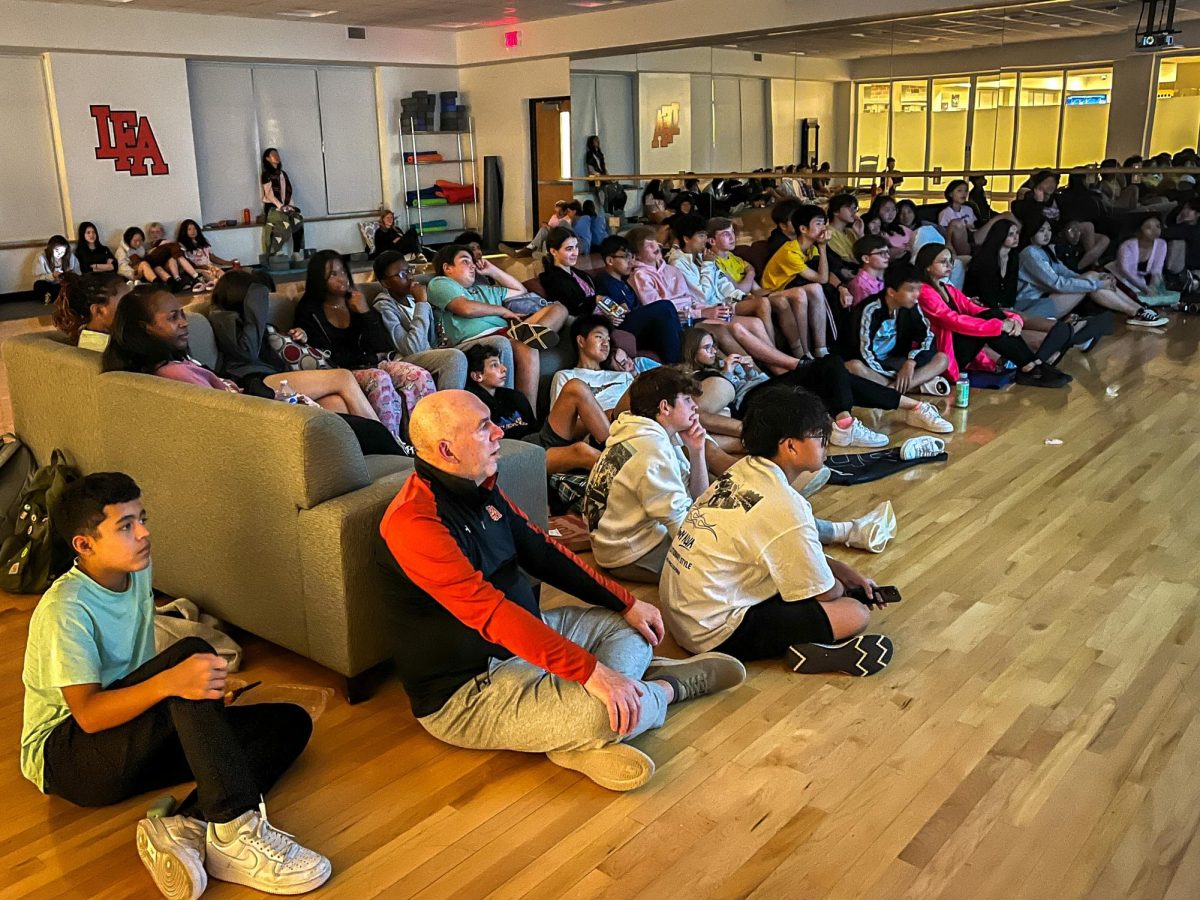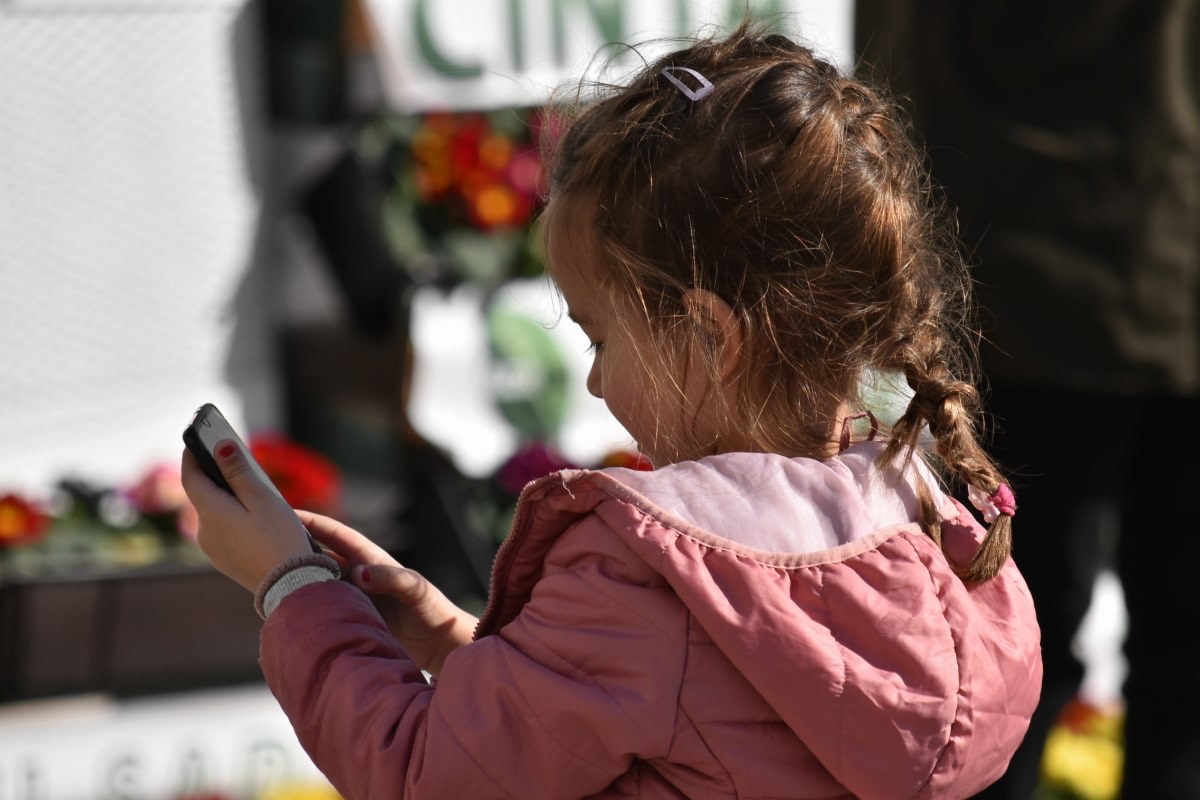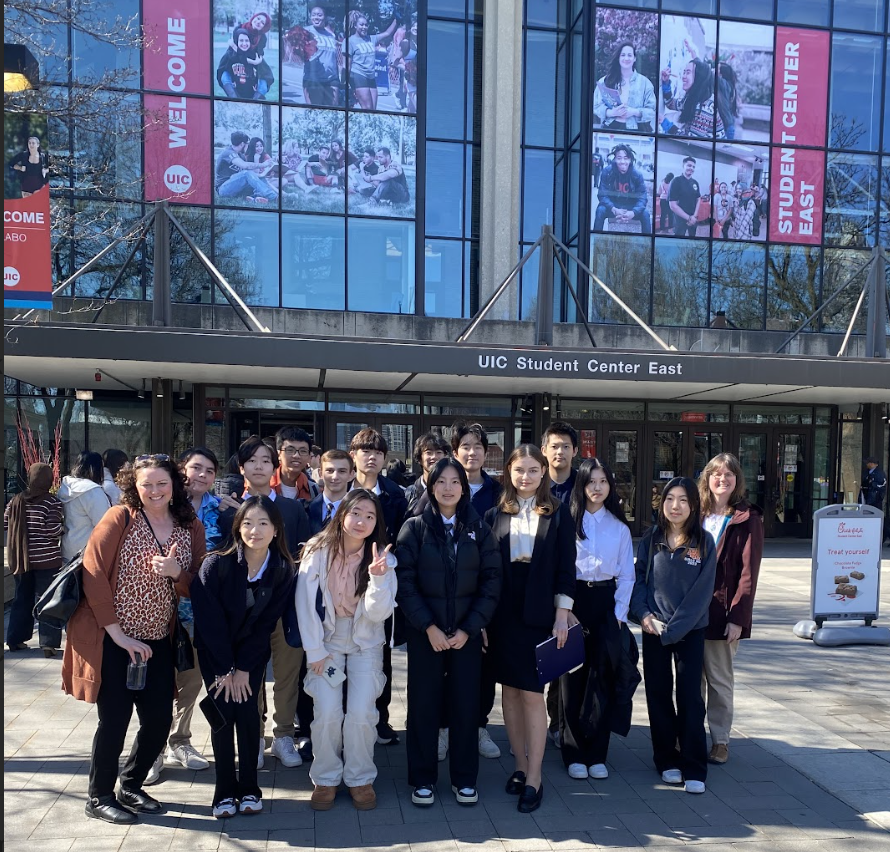In an era defined by the rapid spread of information through posts on social media, stands as the impulse behind shaping public views and guiding societal movements. One recent example of this phenomenon is the Starbucks boycott, a movement that gained momentum through digital platforms. This article will dissect the intricacies of the virtual realm and the real-world of the Starbucks boycott, unwinding the emerging complexities when social media becomes the center of public discussion.
The Starbucks boycott was sparked by a controversial incident that was spread onto various social media platforms. A Starbucks store in New York was spray-painted with graffiti in a pro-Palestinian stance – several hours later, a customer accused the brand of being anti-Israel. This initial trigger that fired up the movement reached across social media within hours which was the start of the boycott. Social media became a stimulant, transforming the local incident into a global exchange.
Social media has authorized individuals to share their own personal stories, experiences, and perspectives in relation to the Starbucks boycott. However, with the increase of opinions, it allows differing perspectives and contrasting experiences. This demonstrates the diversity of opinions within the movement as well. When questioned on their opinion and participation in the Starbucks boycott, Gabriella Wang ‘26 affirmed that she partook in the boycott. She stated that she “believes in putting my money towards corporations that align with my own moral and personal interest.”
As the boycott has and continues to gain momentum, Starbucks has been facing the challenges of managing its public image on digital platforms. Social media has been and continues to scrutinize the company’s response to the backlash it has received, emphasizing the accountability of corporations in the age of online activism. While social media may have the power to connect people collectively, it reveals the many complexities of diverse opinions.
In the realm of social media activism, the Starbucks boycott stands as a testament to the dynamic force that emerges when online platforms traverse with societal movements. Individuals continue to leverage their online presence to create change, demonstrating the evolving landscape of contemporary activism in a world shaped by digital interconnectedness. As the Starbucks boycott continues, the coordination of social media and societal movements paints a picture of the transformative potential inherent in digital advocacy. The virtual realm is not just a reflection of public sentiment; it has become a stimulant for palpable change in the real world.

